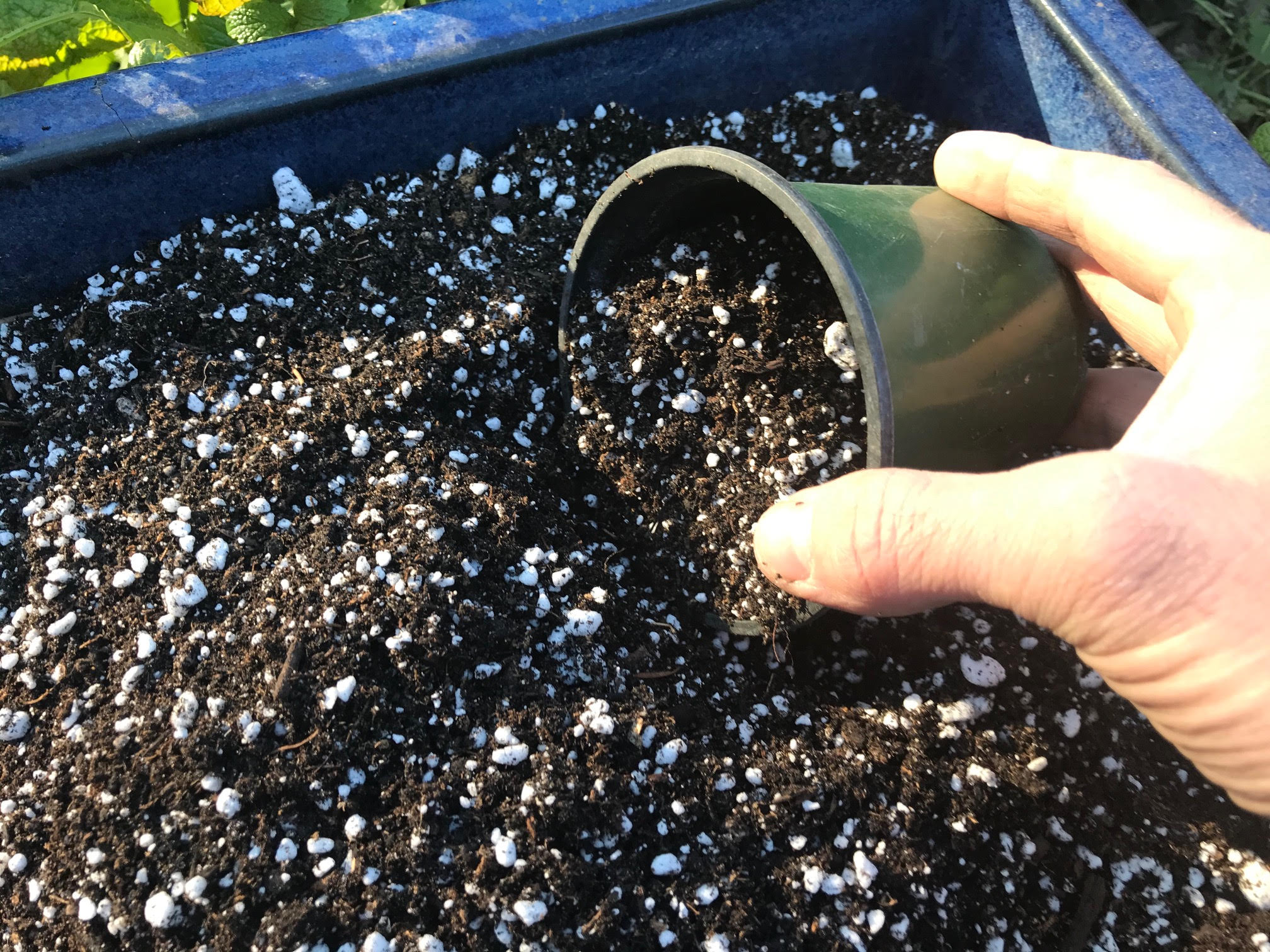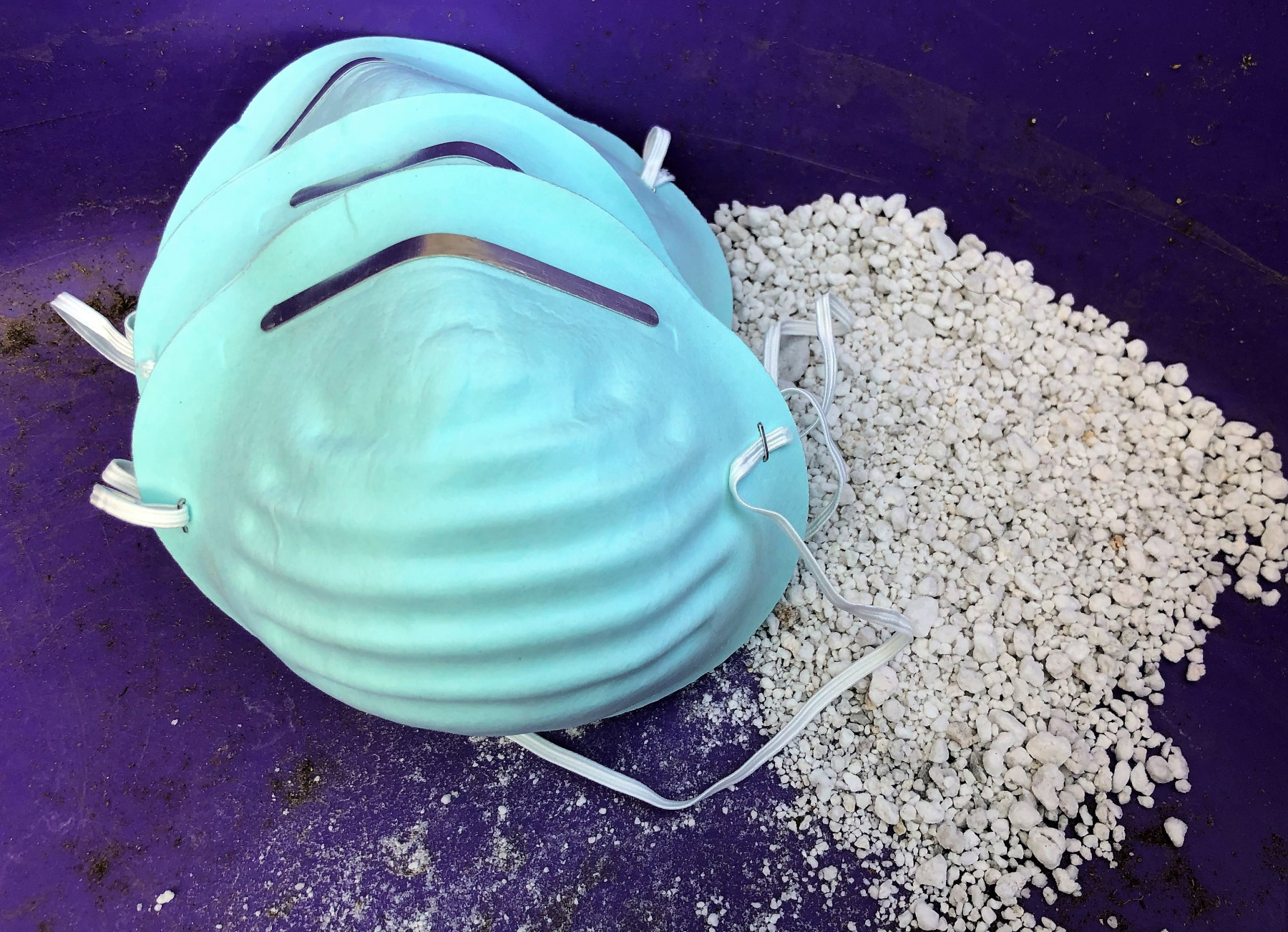
When you’re transplanting in the greenhouse this fall, your soil mix will probably be peppered with small white granules. Yes, that’s perlite. But, after years of using it at my own potting bench, I realized I didn’t actually know what it is, or where it comes from, or whether its environmentally sustainable. For answers, I turned to Alan Kiraly, who manages sales and marketing at Supreme Perlite in Portland, Oregon.
Made by Fire and Water
Oregon, it turns out, is a great location for Alan’s company. Perlite ore is created by the movement of geologic plates, and the whole West Coast is subject to the Pacific Plate crunching and thrusting under the North American Plate. That collision makes earthquakes happen, but also, as intense heat and pressure build up underground, magma is released. This shoots upward and cools near the earth’s surface, into a non-crystalline obsidian glass that retains moisture. That’s perlite ore. Scrap up the ore, heat it, and the escaping steam inflates it, like popcorn. That’s called expanded perlite. Alan says, “It’s as much as ten times or more the size of the original.”

Alan tells me, “The use of expanded perlite in growing media became popular in the 1960s as the problems associated with growing in native soils (i.e. high bulk density, contaminants, and loss of topsoil) became apparent.” Perlite is sterile, lightweight, and pH neutral, so adding it to potting mixes makes growing and shipping plants easier and cheaper.
How and Why it Works
Perlite holds moisture, prevents compaction of the soil, and opens up the mix so air and water can spread throughout the root zone and roots can easily penetrate. “What many people don’t realize is that plants absorb a lot of oxygen from their root systems,” Alan says. To be effective, perlite should make up 20 to 30 percent of any mix. If you can’t tell the percentage when you look, but your bagged mix feels heavy, or if you’re reusing your potting soil, a generous addition of perlite will help ensure your plants’ success.

To control the dust when using perlite, Alan advises wearing a dust mask when transferring it – this is a practice I do as well with dry fertilizers. You can also add a little water to the bag, or dispense it close to where the perlite will be used, so no dust cloud arises.
Earth-friendly
Perlite is an extracted ore. However, all the mines in the world occupy less than three square miles, so its impact and global footprint are relatively small. “Only heat is used in its processing,” Alan notes, “and being a completely natural material, it can be returned to the earth once it has finished its usable life.”
So, go ahead and pot up with perlite—your plants will thank you.


